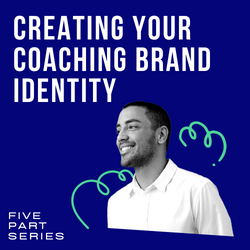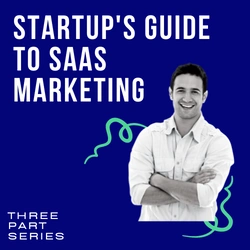7 Tactics Top Marketers Admit Using That Drive Backend Or Upsell Offer Sales Sky High, Double Sales Instantly With No Risk
Once You Know How, You Can Automatically Earn More Per Order
If you want to make more money with your business, one good place to start is on your order forms.
Think about it…
You have a prospect with a credit card in hand. They’re already in a buying mood. So there’s a good chance that if you put a related offer in front of them (the proverbial, “you want fries with that?”), they’ll take it. And that means you’ll make more money with every customer who walks through your digital door.
So how do you create a backend or upsell offer that gets your prospects clicking the “Yes” button? It’s easier than you think.
The Upsell Must Enhance The Main Offer With Actionable Value
The very first thing you need to do is make sure any upsell offer is tightly related to the main offer. In fact, not only should it be tightly related, ideally your upsell should enhance the use or enjoyment of your main offer. After all, you want your buyer to actually use and enjoy your product or service. A little extra buy-in on their part usually increases satisfaction because the buyer feels more invested.
I’m Loving It
Digital marketers didn’t create the upsell. In fact, one of the best examples is brought to us by a classic American fast food chain.
If you walked into McDonald’s and ordered a hamburger, the employee would ask if you wanted fries or a drink with that. And a lot of people say yes to this offer, because fries and a drink enhances the experience and compliments the original choice of a burger.
Now you can do the same thing, no matter what you’re selling. But how about a few examples?
- You’re selling a meal-planning app. Offer a low-fat cookbook as an order form upsell.
- The main offer is a personal finance course. You can offer high-end personal finance coaching or budget analysis on the backend.
- Your main product is focused on setting up and operating a successful YouTube channel. Consider offering complimentary tools on the backend, such as a package of professional YouTube banners or even higher-dollar custom graphic design.
- Your main product is a “how to get out of debt” course. You can offer an upsell that includes items such as a debt-management workbook and personalized debt-management counseling.
- Your main product is a set of fitness training videos so offer the fitness accessories as an upsell.
In other words, you can’t just shove any mere offer in front of your buyers. Just like burgers and fries, the upsell absolutely must compliment and enhance the main offer. Give the prospect a reason to not just buy, but to buy quickly.
Make The Offer Irresistible
Dropping a related offer in front of your potential buyer is great. But turning that offer into an irresistible deal is even better.
Take the fast food example again. If you order a burger with a small fries and drink, the employee will ask you if you want to “supersize” the order for just a small upcharge. The deal is irresistible. You get a LOT more food for just a tiny bit more money.
No matter what you’re selling, you can do the same thing. For example:
“I usually charge $997 per month for this sort of coaching. But as a valued member of my new copywriting club, you’ll get a special price of just $497 per month for this same high-quality coaching…”
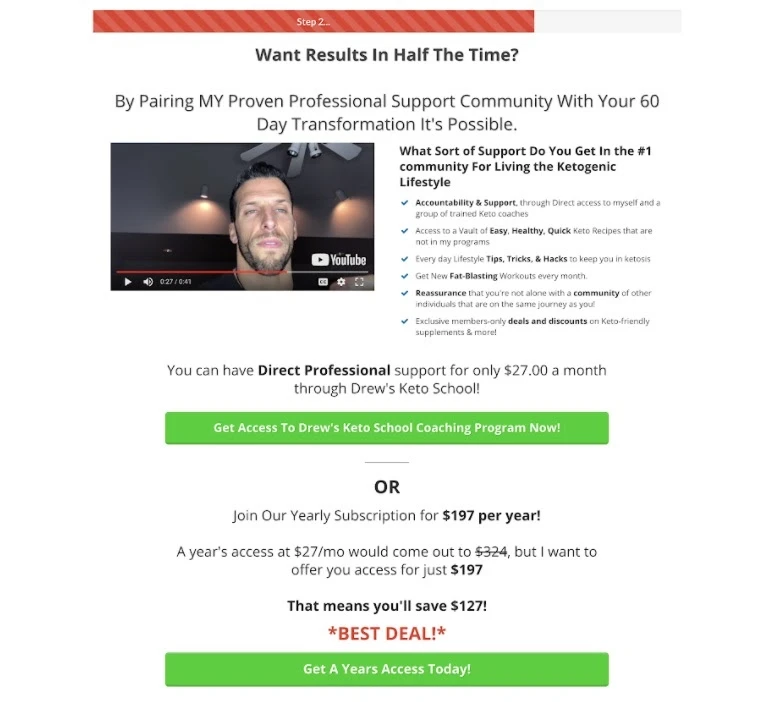
Stick To Short-Form Copy
You’ve got an eager buyer sitting in front of your website order form, credit card in hand. Now is not the time to put another long sales letter in front of them. They’re eager to buy, and you want to maintain that momentum of excitement. Putting another wall of text in front of them might just have them hitting the back button. They could abandon the order form and increase your bounce rate in the process.
You see, you’ve already done the hard work of getting them into the necessary emotional state needed to make a purchase. You’ve already built your credibility. Not only that, but you’ve already established trust. There’s no need to repeat what you’ve already accomplished.
So what you need to do now is focus on the benefits of the upsell offer. In fact, your upsell may be nothing more than a benefit-driven headline, a list of benefits, and a call to action.
Test, Retest, Split-Test & Repeat
As always, test to find out what your audience responds to the best. Test different headlines. Test your bulleted list of benefits. You might even test short-form copy against a short sales video. Test everything often and use split-testing if you can. Split-testing is built into the funnel and landing page software provided by ServerWise.
Frame Your Upsell Price
The next thing for you to remember is that you’ve already sold your prospect on purchasing the main offer. Congratulations – that was most of the hard work! The buyer has already agreed to whatever price you’re charging. So when you extend the upsell offer, you’ll want to frame the price so that it focuses on the upsell only.
Let’s pretend you’re selling a home study course for $99, with an upsell offer for $29 for a series of digital interactive flashcards and quizzes. A great upsell for sure.
Here’s what you absolutely MUST NOT do when it comes time to offer the upsell:
“Would you like to add this offer to your order for a total of $128 for the course and digital flashcards and quizzes?”
Never total it up for your buyers!
Suddenly that sounds like a lot. The buyer is going to start second-guessing their purchase immediately. And you could even lose the entire sale.
Instead, focus only on the upsell price itself. Frame it individually:
“Would you like to add this app to your order for just $29 more?”
Now that sounds like a deal worth adding right there. And since the prospect is already planning on spending $99, that extra $29 doesn’t sound like very much, especially as it compliments the main item so well.
It’s all in how you frame it.
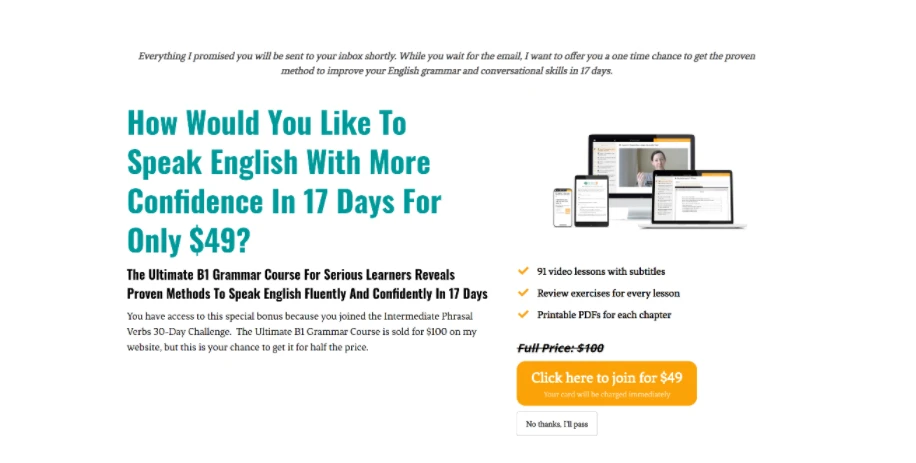
Create A Sense Of Urgency Or Exclusivity
Nothing gets people clicking the order button like a real sense of urgency. And one great way to create this sense of urgency is by making your upsell offer scarce or exclusive.
For example, you might create a one-time offer. This is an offer that’s only available right now. If the prospect doesn’t grab it, they won’t be able to get it later. Or if the product is available elsewhere, the prospect will need to pay full price.
Please do not fall into the same marketing trap as many other digital marketers by lying to your site visitors. You want to build a reputation the right way by developing trust and loyalty – creating a positive brand awareness. If you put a deadline on the special price, keep it.
You can always “re-open” the special pricing for a limited time due to customer requests at a later date.
A good example of this is when you go shopping on a site like Omaha Steaks. If you spend a certain amount, such as $100, you’ll get a list of “add on specials.” These are tremendous deals that you can ONLY take advantage of while you’re on the order form. You can still buy the steaks themselves later, but at much higher prices.
That creates scarcity and a sense of urgency that convinces people to not only order the upsell, but to appreciate it.
For example:
“Special one-time offer: add this stomach-flattening workout app to your order right now, and you’ll get it for 50% off the regular price! If you leave this page, this offer disappears for good… so click here now to grab your discount before it’s gone!”
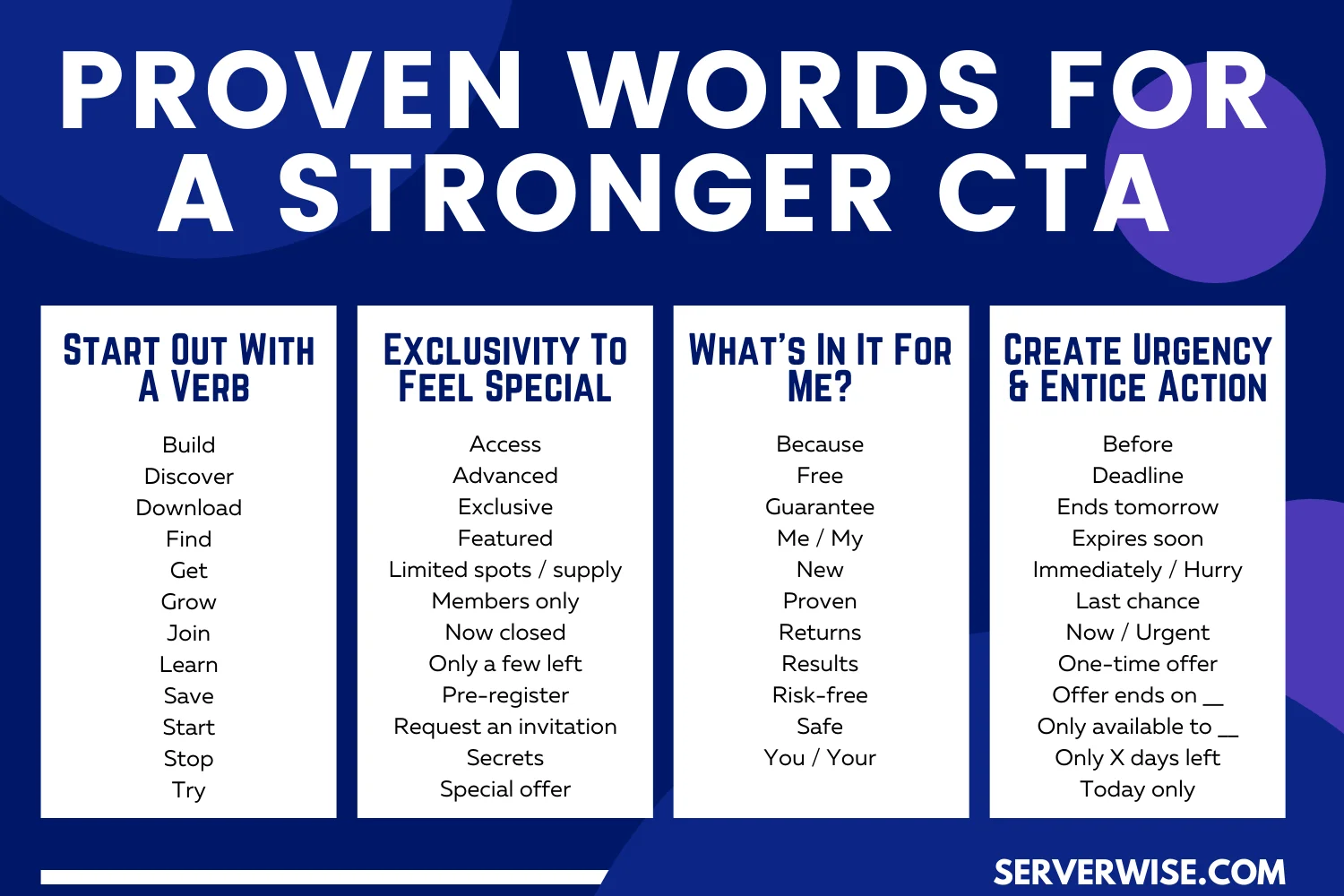
Use A Strong Call-To-Action (CTA)
The right copywriting rules apply to your upsell just as they do to your main offer. And that means you can’t just drop the order link in front of your potential buyers and expect them to click it. That never works.
Instead, you need to provide a strong call to action and entice them to take action. Essentially, you must tell your prospects what to do next, and give them a good reason to do it.
For example:
Click here to add this app to your order – and remember, this special offer disappears when you leave this page, so order now!
Generally, your upsell page is going to have two options. One option is “Yes, add this to my order.” The other option is, “No, thank you, I don’t want this.”
Those should be the only two options on the page. You must keep it simple. Buyers will either add to their order and continue making the purchase, or they’ll skip your offer and just stick with their original order. If you complicate this step at all, you risk losing the original order entirely.
Phrase your “yes” and “no” options in a way that helps persuade people to click the “yes” options.
For example, if you’re selling some sort of weight-loss information. Your option buttons might read:
“Yes, I want to get ready for the beach!”
“No, I don’t want to get rid of my love handles.”
See how that works?
The “yes” option is positive and provides a benefit. The “no” option forces the prospect to agree with something that they don’t want to agree with, making them stop and reconsider your offer.
Here’s another example:
“Yes, I want to save money on heating and cooling bills!”
“No, I don’t want to save money.”
Here’s a great example from a ServerWise client:
“Yes, I want to boost my conversion rates and make more money!”
“No, I don’t want to make more money as I have more than enough for myself and my family.”
And my final example, from a successful ServerWise client:
“Yes, I want to feel better about myself and build my confidence.”
“No, I don’t want to better myself at all.”
Keep It Simple, Make It Easy
If you followed all the tips above, then you have a warmed buyer who’s as ready as she’ll ever be to place her order. At this point, your goal is to make it as easy as possible for her to place that order and grab the upsell.
Don’t make your buyers jump through hoops. Don’t slip unnecessary steps between them and their order. After all, you want them to complete the sale, so don’t place unnecessary obstacles in their path to that glorious checkout button. Too many obstacles and your buyers is likely to lose their enthusiasm and abandon their shopping cart.
Here are the dos and don’ts to follow:
- Do make it one-click easy. If you’re presenting an upsell right after the customer has already filled in the order form, then make it as easy to buy the upsell as clicking a button. In other words, do NOT make your prospect fill out the order form or their credit card all over again.
- Don’t make them go through a gauntlet of upsells. Sometimes marketers throw three, four, five or more upsells in front of the prospect. They can’t get to the order form without accepting or declining these offers. Or, worse yet, they can’t get to their purchase without seeing all these offers. Instead, put one or two (at most) highly-relevant offers in front of them. But if they decline, send them straight to the order form.
- Don’t make them “register” before ordering. If you need your customers to create an account, then have this account co-created during the purchasing process. Even if the amount of “work” for the customer is the same, framing is the key here. If a customer is suddenly forced to “create an account” before they can place an order, they are more likely to abandon their cart.
You’ve heard the saying, “strike while the iron is hot.” When it comes to sales, the iron is sizzling when you have a prospect filling out an order form.
That’s why it’s the optimum time to “strike” by offering an upsell offer they can’t refuse. So boost your sales by inserting upsells on your order forms today – and boost your conversions right away.



It’s the sales page where the magic happens. This is the page that gives you a return on your marketing investment. It is on this page where we convert visitors to paying customers. Do you know the valuable elements of a high-converting sales page? You will soon. Keep Learning >

Content marketing is the backbone of the biggest success stories over the last decade. I’m referring to companies like Zomato, Canva, ThinkGeek, HootSuite and even Blendtec. It’s not surprising that so many brands are focusing on content marketing, given the average ROI is twice any other type of digital marketing. Keep Learning >
